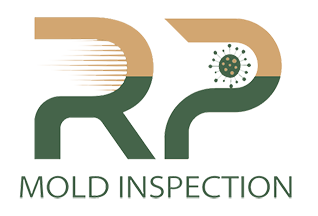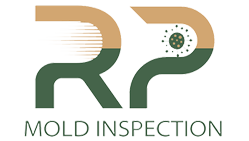Bookings Open
- Nam quam nunc, blandit vel, luctus pulvinar, hendrerit id, lorem.
- Donec vitae sapien ut libero venenatis faucibus.
- Nam quam nunc, blandit vel, luctus pulvinar, hendrerit id, lorem.
- Maecenas nec odio et ante tincidunt tempus.
Quick Contact
Should You Test Your Home for Mold After Flooding?
Mold thrives in damp environments, and flooding introduces excess moisture into walls, floors, and furniture. Even after the visible water is removed, hidden moisture can linger, allowing mold spores to spread rapidly. Within 24 to 48 hours, mold can start growing on wet materials, leading to potential health risks and structural damage.
Signs of Mold After Flooding
- Musty Odors – A strong, musty smell is one of the first signs of mold presence.
- Visible Growth – Black, white, or green spots on walls, ceilings, and furniture indicate mold colonies.
- Water Stains and Discoloration – Areas affected by water damage may develop yellow or brown stains, signaling mold activity.
- Health Symptoms – Increased allergy symptoms, such as sneezing, coughing, or skin irritation, may suggest mold exposure.
Testing for mold after a flood is essential to ensure your home remains safe and healthy. Learn why mold testing is important, how it works, and when you should consider professional assistance.
Flooding can cause significant water damage to your home, creating the perfect conditions for mold growth.
Should You Test for Mold?
Mold testing involves collecting air or surface samples to detect the presence of mold spores. Common methods include:
- You notice musty odors or visible mold growth – Testing confirms the type and severity of mold.
- Household members experience allergy-like symptoms – Mold exposure can cause respiratory issues, especially for individuals with asthma or weakened immune systems.
- You are planning to sell or rent the property – A mold inspection provides assurance to potential buyers or tenants.
- Your home was flooded for more than 24 hours – Prolonged exposure to moisture increases the risk of mold development.
How Mold Testing Works?
Mold testing can help determine the extent of contamination and whether professional remediation is needed. Consider testing if:
- Air Sampling – Measures airborne mold spores and compares them to outdoor levels.
- Surface Testing – Swab or tape samples are taken from suspected moldy areas.
- Moisture and Humidity Testing – Detects hidden moisture using specialized meters.
- Bulk Testing – Pieces of contaminated materials are analyzed in a lab.




